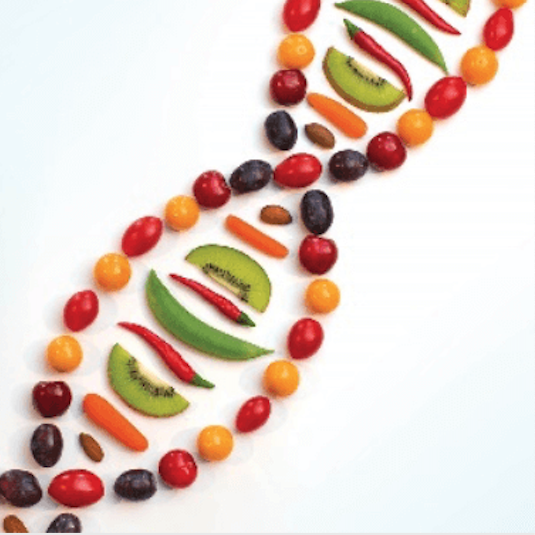
If we want to investigate the effects of diet on mental health and behavior, we need methods to reliably measure a person’s diet. Dietary intake can be measured in several ways; 24-hour recall (dietary intake of the past 24 hours), a food diary (dietary intake is recorded in a diary), or by using a food frequency questionnaire (FFQ). In this blog, I will explain to you more in detail what FFQs are. FFQs are widely used in large scale observational studies as a dietary assessment method.
The purpose of FFQs is to obtain frequency and portion size information about food and beverage consumption over a specified period of time, typically the past month or year. FFQs collect portion size information as standardized portions or as a choice of portion sizes. In addition to foods and beverages, which may range from 80 to 120 different types, FFQs often ask about the frequency of intake and dosages of commonly consumed dietary supplements. An example of question could be:
How often, on average, you have eaten the specified amount of each food during the past month: Bread and savory biscuits: Never or less than once a month/1-3 per month/once a week/2-4 per week etc.
Calculations for nutrient intake can be estimated via computerized software programs. The reported frequency of each food is multiplied by the amount of nutrients in a serving of that food.
The advantages of using FFQs are easy administration, low cost and a lower participant burden compared to other dietary assessment methods. Due to difficulties remembering exactly what participants have eaten the last month or year, FFQs are not considered appropriate for estimating true nutrient intake at the individual level. However, they can be used in epidemiological studies to rank individuals along the distribution of intake, with a relative validity. For instance, individuals who consume low amounts of fibers can be compared to individuals who consume a lot of fibers (1).
Traditionally, FFQs have been self-administered on paper but the use of information and communication technologies has led to development of computerized food frequency questionnaires which now is widely used. Further, FFQs used in different studies for different groups (pregnant women, youth) are validated to check the relative validity of the reported intake compared to another dietary intake assessment tool.
In my research that is part of the Eat2beNICE project, we will study the moderating effect of the mother’s diet quality during pregnancy on the genetics of child behavior. A FFQ was specifically developed and validated for assessment of maternal diet in The Norwegian Mother, Father, and Child Cohort Study (MoBa) (2-4). The MoBa FFQ is designed to capture dietary habits and intake of dietary supplements during the first 4 to 5 months of pregnancy. The frequency of consumption was given per day, per week, and/or per month, depending on the food item, and as many as 255 food and beverage items are measured in the MoBa FFQ. I will explain the results from my research in my next blog post.
References
1. Masson LF, McNeill G, Tomany JO, Simpson JA, Peace HS, Wei L, et al. Statistical approaches for assessing the relative validity of a food-frequency questionnaire: use of correlation coefficients and the kappa statistic. Public Health Nutr. 2003;6(3):313-21.
2. Brantsaeter AL, Haugen M, Alexander J, Meltzer HM. Validity of a new food frequency questionnaire for pregnant women in the Norwegian Mother and Child Cohort Study (MoBa). Matern Child Nutr. 2008;4(1):28-43.
3. Meltzer HM, Brantsæter AL, Ydersbond TA, Alexander J, Haugen M, Group TMDS. Methodological challenges when monitoring the diet of pregnant women in a large study: experiences from the Norwegian Mother and Child Cohort Study (MoBa). Maternal & Child Nutrition. 2008;4(1):14-27.
4. Magnus P, Birke C, Vejrup K, Haugan A, Alsaker E, Daltveit AK, et al. Cohort Profile Update: The Norwegian Mother and Child Cohort Study (MoBa). Int J Epidemiol. 2016;45(2):382-8.
